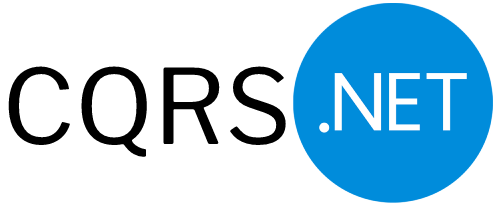When to use this pattern Event Sourcing pattern:
Use this pattern in the following scenarios:
- When you want to capture intent, purpose, or reason in the data. For example, changes to a customer entity can be captured as a series of specific event types, such as Moved home, Closed account, or Deceased.
- When it's vital to minimize or completely avoid the occurrence of conflicting updates to data.
- When you want to record events that occur, and be able to replay them to restore the state of a system, roll back changes, or keep a history and audit log. For example, when a task involves multiple steps you might need to execute actions to revert updates and then replay some steps to bring the data back into a consistent state.
- When using events is a natural feature of the operation of the application, and requires little additional development or implementation effort.
- When you need to decouple the process of inputting or updating data from the tasks required to apply these actions. This might be to improve UI performance, or to distribute events to other listeners that take action when the events occur. For example, integrating a payroll system with an expense submission website so that events raised by the event store in response to data updates made in the website are consumed by both the website and the payroll system.
- When you want flexibility to be able to change the format of materialized models and entity data if requirements change, or—when used in conjunction with CQRS—you need to adapt a read model or the views that expose the data.
- When used in conjunction with CQRS, and eventual consistency is acceptable while a read model is updated, or the performance impact of rehydrating entities and data from an event stream is acceptable.
This pattern might not be useful in the following situations::
- Small or simple domains, systems that have little or no business logic, or nondomain systems that naturally work well with traditional CRUD data management mechanisms.
- Systems where consistency and real-time updates to the views of the data are required.
- Systems where audit trails, history, and capabilities to roll back and replay actions are not required.
- Systems where there's only a very low occurrence of conflicting updates to the underlying data. For example, systems that predominantly add data rather than updating it.
